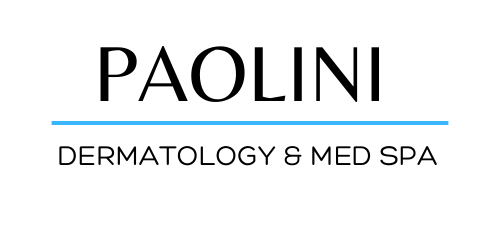Skin Care Topics
- Sun Safety
- Skin Care Basics
- Tanning Beds/Tanning Booths
- Tattoos
- Pregnancy-Related Skin Conditions
- Diabetes-Related Skin Conditions
- Skin Cancers
Sun Safety
Because of the ultraviolet radiation it emits, the sun is inherently dangerous to human skin. In fact, the American Academy of Dermatology stipulates that there is no safe way to tan. Tanning is the skin's natural response to damage from the sun. Additionally, the Environmental Protection Agency proclaims that everybody, regardless of race or ethnicity, is subject to the potential adverse effects of overexposure to the sun. That's why everyone needs to protect their skin from the sun every day.
Skin Care Basics
The best way to maintain healthy skin is to prevent skin damage from occurring in the first place. Wrinkles, age spots and leathery patches are all the result of skin damage from overexposure to ultraviolet radiation from the sun. But the aging process for skin is unavoidable. As we age, skin becomes dryer and thinner. Repeated movements of facial muscles, such as frowning, smiling or squinting, cause wrinkles over time. Stress, gravity and obesity also contribute to aging skin. And because the skin is thinner, it is more susceptible to bruising.
Tanning Beds/ Tanning Booths
According to the American Academy of Dermatology and the U.S. Department of Health and Human Services, ultraviolet (UV) radiation from tanning beds, tanning booths and sun lamps are known carcinogens (cancer-causing substances). Exposure to UV radiation during indoor tanning has been proven to increase the risk of all skin cancers, including melanomas, squamous cell carcinomas and basal cell carcinomas. In fact, the risk of melanoma increases by 75 percent when indoor tanning devices are used before the age of 30. The UV radiation during indoor tanning also leads to skin aging, hyper - and hypopigmentation, immune suppression and eye damage, such as cataracts.
Therefore, the use of tanning beds, tanning booths and sun lamps is not recommended by dermatologists.
Tattoos
Complications from tattoos generally involve either an infection or an allergic reaction to the ink. If you have a skin condition, like eczema, you should probably avoid getting any tattoo.
Pregnancy-related Skin Conditions
Although less common, there are a few skin conditions related to pregnancy: Pruritic Uticarial Papules and Plaques of Pregnancy
This condition occurs in roughly one percent of pregnant women. It is characterized by itchy red bumps and hive-like rashes that usually appear on the belly or around stretch marks. The rash may spread to the arms, legs, breasts or buttocks. PUPPP usually begins in the third trimester of pregnancy. It is harmless, but the itchiness can be severe. There is no known cause for the condition. Treatment typically includes the use of topical ointments, antihistamines and, in more severe cases, oral steroids to help alleviate the itch. PUPPP usually disappears a few days after the baby's birth.
Diabetes-related Skin Conditions
It is estimated that about one-third of people with diabetes will have a skin disorder at some time in their lives caused by the disease. Diabetics are more susceptible to bacterial and fungal infections; allergic reactions to medications, insect bites or foods; dry itchy skin as a result of poor blood circulation; and infections from foot injuries for people with neuropathy.
There are a number of diabetes-specific skin conditions.
Skin Cancers
Skin cancer is the most common form of human cancers, affecting more than one million Americans every year. One in five Americans will develop skin cancer at some point in their lives. Skin cancers are generally curable if caught early. However, people who have had skin cancer are at a higher risk of developing a new skin cancer, which is why regular self-examination and doctor visits are imperative.
The vast majority of skin cancers are composed of three different types: basal cell carcinoma, squamous cell carcinoma and melanoma.
